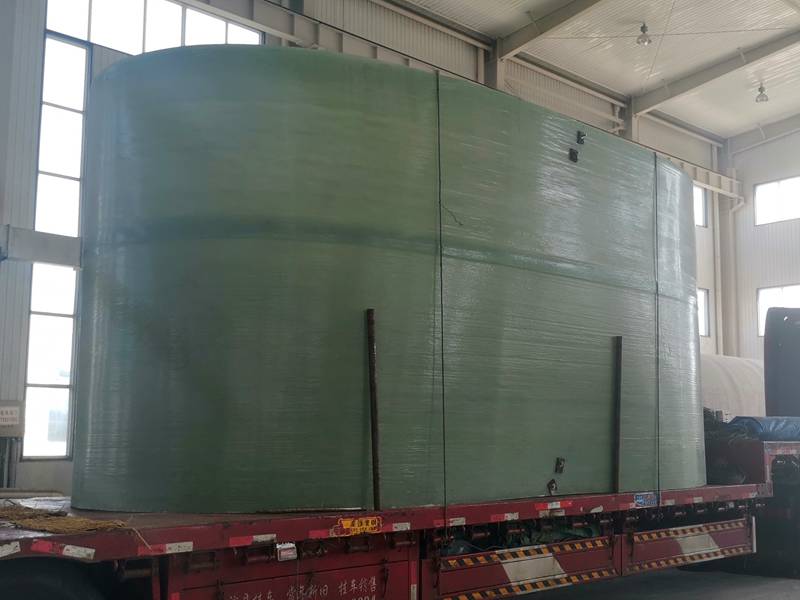
-
 Afrikaans
Afrikaans -
 Albanian
Albanian -
 Amharic
Amharic -
 Arabic
Arabic -
 Armenian
Armenian -
 Azerbaijani
Azerbaijani -
 Basque
Basque -
 Belarusian
Belarusian -
 Bengali
Bengali -
 Bosnian
Bosnian -
 Bulgarian
Bulgarian -
 Catalan
Catalan -
 Cebuano
Cebuano -
 China
China -
 China (Taiwan)
China (Taiwan) -
 Corsican
Corsican -
 Croatian
Croatian -
 Czech
Czech -
 Danish
Danish -
 Dutch
Dutch -
 English
English -
 Esperanto
Esperanto -
 Estonian
Estonian -
 Finnish
Finnish -
 French
French -
 Frisian
Frisian -
 Galician
Galician -
 Georgian
Georgian -
 German
German -
 Greek
Greek -
 Gujarati
Gujarati -
 Haitian Creole
Haitian Creole -
 hausa
hausa -
 hawaiian
hawaiian -
 Hebrew
Hebrew -
 Hindi
Hindi -
 Miao
Miao -
 Hungarian
Hungarian -
 Icelandic
Icelandic -
 igbo
igbo -
 Indonesian
Indonesian -
 irish
irish -
 Italian
Italian -
 Japanese
Japanese -
 Javanese
Javanese -
 Kannada
Kannada -
 kazakh
kazakh -
 Khmer
Khmer -
 Rwandese
Rwandese -
 Korean
Korean -
 Kurdish
Kurdish -
 Kyrgyz
Kyrgyz -
 Lao
Lao -
 Latin
Latin -
 Latvian
Latvian -
 Lithuanian
Lithuanian -
 Luxembourgish
Luxembourgish -
 Macedonian
Macedonian -
 Malgashi
Malgashi -
 Malay
Malay -
 Malayalam
Malayalam -
 Maltese
Maltese -
 Maori
Maori -
 Marathi
Marathi -
 Mongolian
Mongolian -
 Myanmar
Myanmar -
 Nepali
Nepali -
 Norwegian
Norwegian -
 Norwegian
Norwegian -
 Occitan
Occitan -
 Pashto
Pashto -
 Persian
Persian -
 Polish
Polish -
 Portuguese
Portuguese -
 Punjabi
Punjabi -
 Romanian
Romanian -
 Russian
Russian -
 Samoan
Samoan -
 Scottish Gaelic
Scottish Gaelic -
 Serbian
Serbian -
 Sesotho
Sesotho -
 Shona
Shona -
 Sindhi
Sindhi -
 Sinhala
Sinhala -
 Slovak
Slovak -
 Slovenian
Slovenian -
 Somali
Somali -
 Spanish
Spanish -
 Sundanese
Sundanese -
 Swahili
Swahili -
 Swedish
Swedish -
 Tagalog
Tagalog -
 Tajik
Tajik -
 Tamil
Tamil -
 Tatar
Tatar -
 Telugu
Telugu -
 Thai
Thai -
 Turkish
Turkish -
 Turkmen
Turkmen -
 Ukrainian
Ukrainian -
 Urdu
Urdu -
 Uighur
Uighur -
 Uzbek
Uzbek -
 Vietnamese
Vietnamese -
 Welsh
Welsh -
 Bantu
Bantu -
 Yiddish
Yiddish -
 Yoruba
Yoruba -
 Zulu
Zulu
High-Quality Fiberglass Sand Pipes for Optimal Performance
The Advantages of Fiberglass Sand Pipes in Modern Infrastructure
In recent years, the construction and infrastructure industries have witnessed remarkable advancements in materials technology. One such innovation is the fiberglass sand pipe, a composite material that is proving to be a game-changer for various applications. These pipes, composed of a mix of fiberglass and sand, offer numerous advantages over traditional piping materials like steel, concrete, and plastic, making them a highly suitable choice for a variety of environments.
Fiberglass sand pipes are notably lightweight, which simplifies transportation and installation processes. Unlike steel pipes that require heavy equipment for handling due to their weight, fiberglass offers ease of mobility. This not only reduces labor costs but also minimizes the environmental impact associated with heavy transportation vehicles. Furthermore, the installation process can be completed more quickly, allowing projects to meet tight deadlines.
One of the most significant advantages of fiberglass sand pipes is their exceptional resistance to corrosion. Traditional piping materials, particularly metal, are susceptible to rust and degradation over time when exposed to water and various chemicals. In contrast, fiberglass is highly resistant to corrosive substances, extending the lifespan of the pipes. This quality makes fiberglass sand pipes an ideal choice for industries such as wastewater treatment, where pipes are continuously exposed to harsh chemicals and debris.
fiberglass sand pipe

Durability is another hallmark of fiberglass sand pipes. They can withstand extreme temperatures and pressure fluctuations, making them suitable for diverse applications ranging from agricultural irrigation systems to industrial processes. The flexibility of fiberglass also allows these pipes to adapt to shifting soil conditions, reducing the risk of cracks and failures that can lead to costly repairs.
Furthermore, fiberglass sand pipes boast excellent flow characteristics. The smooth inner surface allows for high flow rates and reduces friction losses, thus improving overall system efficiency. This is particularly beneficial in applications where maintaining a steady flow of fluids is critical. The lightweight nature of the pipes also ensures that they can be easily adapted for various installation scenarios, whether above ground or underground.
Environmental considerations are increasingly influencing material selection in infrastructure projects. Fiberglass sand pipes are manufactured using materials that can be sourced sustainably, and their longevity and low maintenance needs contribute to reduced waste over time. Additionally, since they can be produced in a range of diameter sizes, custom configurations can be easily achieved to meet specific project requirements.
In conclusion, fiberglass sand pipes represent a significant advancement in piping technology, offering numerous benefits such as lightweight construction, corrosion resistance, durability, and efficiency. As industries seek sustainable and cost-effective solutions to meet growing infrastructure demands, fiberglass sand pipes are likely to become an increasingly popular choice. Their versatility and superior performance make them an ideal option for a wide array of applications, promising to shape the future of construction and infrastructure.









